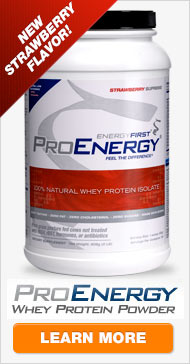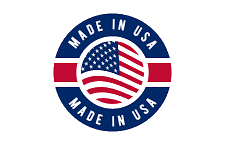The numbers do not lie. A meta-analysis (that is, a study that combines the results of multiple scientific studies) of 26 different scientific studies found that all these studies boil down to the same conclusion: season affects what and how much we eat. 1
When it came to fall and winter time (or the post-harvest season), the results showed that overall calorie intake went up.1
If we take a moment to think about it (and be honest with ourselves), these results make a lot of sense. After all, summer is all about fresh produce. Also, we are naturally inclined to eat less when outdoor temperatures are warmer.
Lighter foods + warmer weather = super easy to eat less calories overall.
The post-harvest season is upon us, though. What's the first thing that comes to mind? Apples and pumpkins?
More like apple cider doughnuts and pumpkin spice lattes, am I right?
Here are 3 simple things to keep in mind to prevent 'falling' into any unhealthy eating habits this season:
1. With harsh temperatures outside, there's nothing more comforting than warming foods. Make more soup! Or let your slow cooker do all the work for you. They'll be especially lighter if they are broth-based instead of cream-based. Load them with veggies, whole grains, and lean proteins to make them filling and hearty. The hydrating broth and hearty, wholesome ingredients will help fill you up instead of the more traditional, calorie-laden comfort foods associated with the post-harvest season.
2. Practice portion control! If you're going to allow yourself to have that sweet fall treat, think of an easy strategy to make sure you enjoy it without overdoing it. For example, instead of buying a whole case of apple cider doughnuts, buy a single one (and possibly even split it with a friend). Is that pumpkin spice latte too tempting to pass up? Order the smallest size available.
3. As festive and pretty as a cake dome or serving platter can be, try to avoid displaying fall treats on a pedestal sitting on your counter. This makes it too easy and to tempting. Interestingly, the Journal of Marketing, a journal of the American Marketing Association, found that transparent packaging increases consumption and sales of food items. 2 So, if you're going to have any autumn-inspired treats around the house every now and then, apply the principle of these findings at home by keeping tempting foods out of transparent containers. Aim for some of the sweets nature offers this time of year, such as pomegranates, persimmons, and blood oranges.
This season, let's outsmart the cold weather and maintain our healthy habits throughout the colder seasons!
References
1. Stelmach-Mardas, M., Kleiser, C., Uzhova, I., Peñalvo, J. L., La Torre, G., Palys, W., Lojko, D., Nimptsch, K., Suwalska, A., Linseisen,
J., Saulle, R., Colamesta, V., & Boeing, H. (2016). Seasonality of food groups and total energy intake: a systematic review and meta-analysis. European journal of clinical nutrition, 70(6), 700–708. https://doi.org/10.1038/ejcn.2015.224
2. Deng, X., & Srinivasan, R. (2013). When Do Transparent Packages Increase (or Decrease) Food Consumption? Journal of Marketing, 77(4), 104–117. https://doi.org/10.1509/jm.11.0610

























